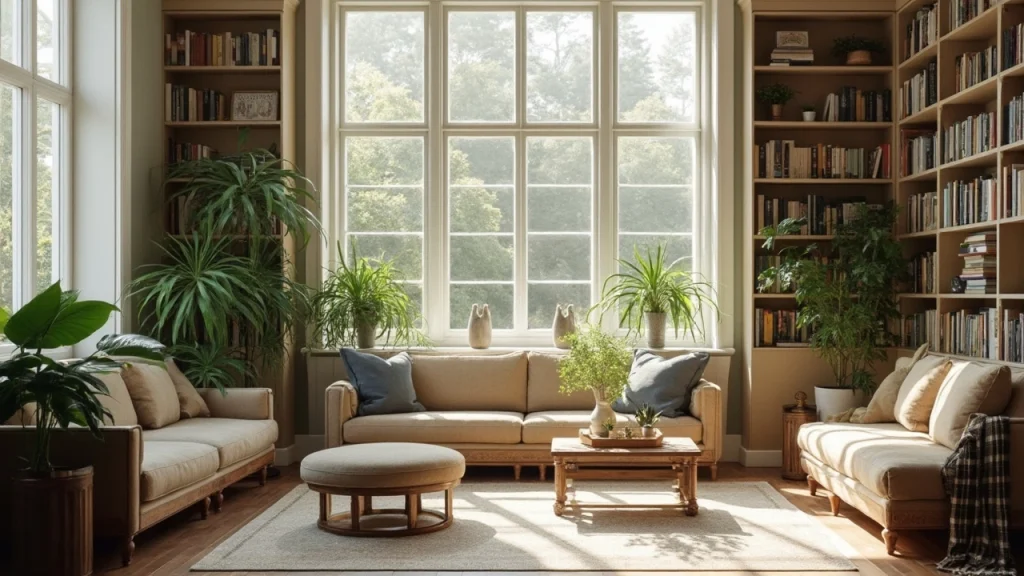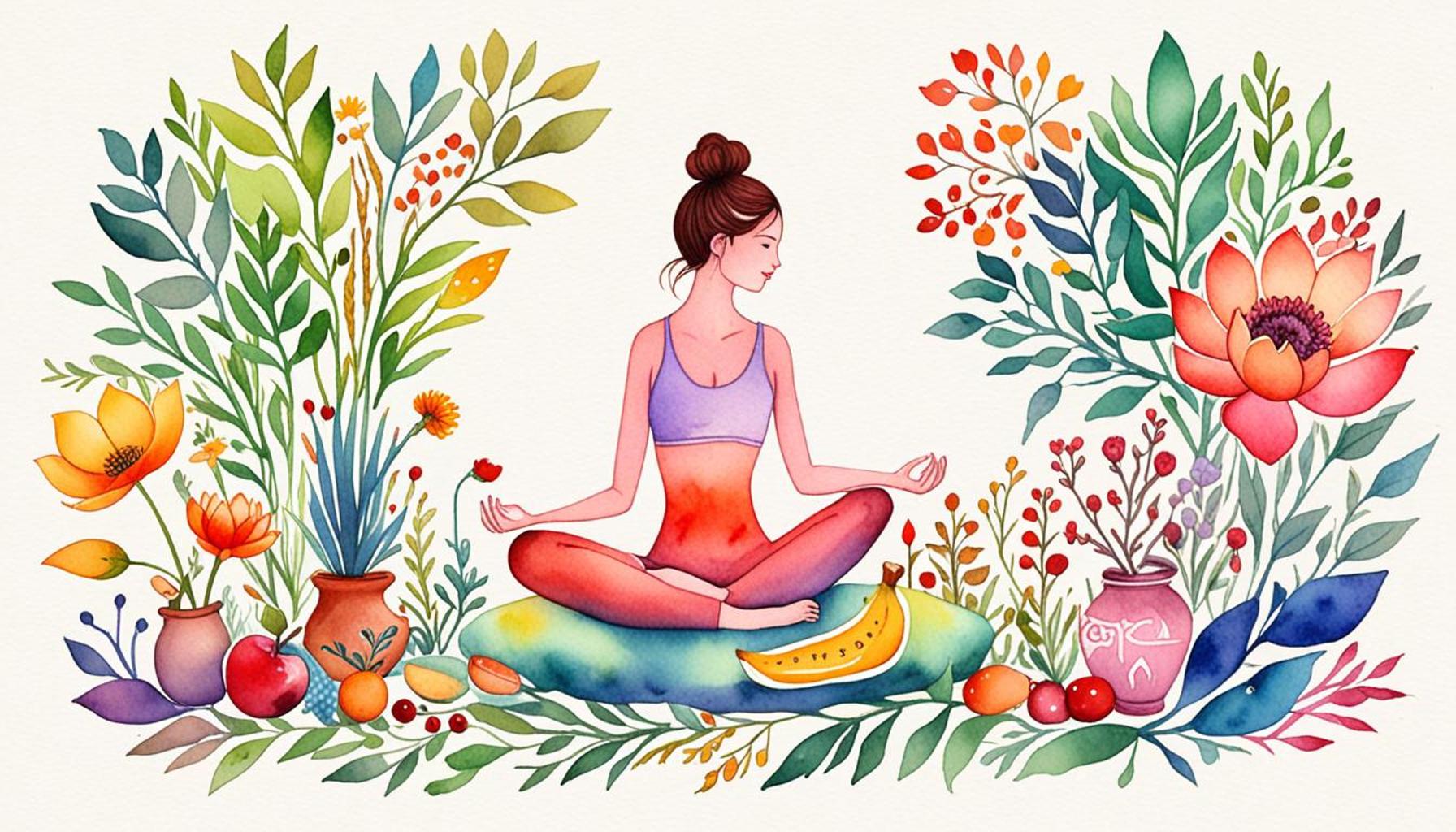Decluttering Strategies Organize Every Room in Your Home Efficiently

Introduction
With the rising popularity of minimalism, many individuals are re-evaluating their living spaces and the items they choose to keep. Decluttering is not just a trend; it’s a transformative process that enhances both physical and mental well-being. In an age where consumerism often leads to clutter and chaos, learning effective organizing strategies becomes essential for creating a serene environment.
Decluttering goes beyond merely tossing unwanted items. It involves a mindful approach to what we keep around us, allowing us to focus on the things that truly matter. Here are several compelling reasons to consider decluttering:
- Enhanced focus: A tidy space promotes clarity of thought.
- Increased productivity: Organizational strategies streamline daily tasks.
- Emotional well-being: Reducing clutter often alleviates stress and anxiety.
This article will explore a ranking of the Top 5 decluttering strategies tailored for each room in your home. With practical tips and innovative approaches, you’ll be well-equipped to transform your space into an organized sanctuary. Get ready to embark on a journey that not only revamps your home but also refreshes your mind!
RECOMMENDED: Check out this similar article
Top 5 Decluttering Strategies to Organize Every Room in Your House
In an age where minimalism is becoming increasingly popular, organizing our spaces has turned into not just a necessity but a lifestyle aspiration. The act of decluttering doesn’t merely clean up your physical environment—it can also clear mental fog. A well-organized home can lead to enhanced productivity, peace of mind, and even spur creativity. This article delves into five highly effective strategies to declutter and organize each room of your house, ranked from fifth to first. These methods are designed to inspire a minimalist lifestyle, helping you reclaim and revitalize your space.

5. The Container Method
The Container Method is an efficient strategy that underscores the importance of using boxes or bins to maintain organization. This approach provides a visual and practical system that inherently encourages tidiness.
The simplicity of this method is its strength. By implementing the Container Method, you give everything a home, which reduces the chance of clutter reappearing. A well-chosen container not only adds to the aesthetics but also serves a practical purpose. Whether it’s storing pantry goods in the kitchen or organizing socks in the bedroom dresser, this method is versatile.
Tips for application:
- Choose containers that match your decor style, ensuring they are both visually appealing and functional.
- Make use of them in various rooms. For example, transparent containers in the kitchen can help you quickly identify contents, while woven baskets can add a touch of elegance to living areas.
- Label each container clearly, which aids in maintaining an organized setup and simplifies locating items.
This strategy ensures that you are deliberate about what you place in each container, effectively curbing clutter accumulation. It provides a sustainable solution for managing household items without overwhelming the space.
4. The One-Year Rule
The One-Year Rule is a potent strategy which challenges you to evaluate items based on their utility over the past year. If an item hasn’t been used in twelve months, it might not deserve a place in your living space.
While some may find it difficult to let go of things due to sentimental value or “just-in-case” scenarios, the One-Year Rule offers a practical perspective. It forces you to confront the realities of your consumption and storage habits, making it easier to identify items that no longer serve you.
How to apply the One-Year Rule:
- Inspect each room systematically, analyzing the purpose and usage of each item.
- Question whether you have actually utilized the object in the past 12 months.
- Decide whether to keep, donate, or discard the items depending on their usage frequency and significance.
This method aims to cultivate a culture of mindful consumption, encouraging you to retain only those possessions that genuinely add value to your life.
3. The 10-Item Challenge
The 10-Item Challenge is a gamified approach that makes decluttering an exciting and dynamic exercise. The objective is straightforward: remove ten items from your home each week or month.
By turning decluttering into a game, this challenge provides motivation and a sense of progress. It’s a proactive step towards minimizing clutter without feeling overwhelmed, allowing you to notice a significant difference over time.
Steps to implement the 10-Item Challenge:
- Decide on a time frame that suits your schedule—be it weekly or monthly.
- Select ten items from any area of your living space that you are ready to part with.
- Select a course of action for these items: donate, recycle, or throw away.
This challenge not only reduces the clutter incrementally but also instills a change of mindset. It encourages long-term decluttering habits that align with minimalist living ideals.
2. The Space Clearing Technique
The Space Clearing Technique promotes a focused approach to decluttering by concentrating on one section of a room at a time. This method helps avoid overwhelm by breaking the task into manageable portions.
Many people find the idea of decluttering an entire room daunting, and this technique is the perfect remedy. By tackling small areas, you can systematically conquer clutter without feeling the burden of a larger task looming over you.
How to use the Space Clearing Technique:
- Identify a particular area, such as a closet or a drawer, to focus on.
- Clear everything out and clean the space thoroughly.
- Before returning any items, reassess their necessity and value.
This method not only helps in organizing efficiently but also yields a tangible sense of achievement as you witness your home’s transformation, area by area.
1. The Marie Kondo Method
Coming in at number one is the renowned Marie Kondo Method, made famous by the book “The Life-Changing Magic of Tidying Up.” Kondo’s approach centers on the emotional connection we have with our possessions, advocating for retaining only those items that “spark joy.”
This method extends beyond mere decluttering. It’s an introspective exercise where you redefine what truly brings happiness and fulfillment in your life. Kondo’s focus on joy shifts the perspective from simple disposal to embracing gratitude, thereby facilitating a more satisfying lifestyle.
Implementing the Marie Kondo Method:
- Gather all your belongings together from each category—clothing, books, papers, etc.
- Consider each item individually by holding it and asking if it genuinely sparks joy.
- Keep items that bring joy and discard the rest in a respectful manner, thanking them for their service.
The Marie Kondo Method is not solely a cleaning process; it motivates a deeper relationship with your belongings, ensuring that the items retained are meaningful. This mental shift can potentially result in lasting organizational improvements, which makes it the leading strategy on our list.
As you embark on these decluttering strategies, bear in mind that the ultimate objective is to create a living space that is peaceful and joyous. Embracing minimalism can significantly transform your lifestyle and bring about a more intentional way of living. By surrounding yourself with items that truly matter, you can cultivate an environment that not only functions well but also nurtures mental and emotional well-being.
| Category | Description |
|---|---|
| Space Maximization | Utilizing decluttering techniques leads to a more efficient use of space, allowing for easier navigation and a better atmosphere in the home. |
| Mental Clarity | Clutter often contributes to stress and distraction; therefore, organizing allows one to achieve mental clarity and improved focus in daily tasks. |
| Improved Aesthetics | A decluttered space boasts an inviting look, greatly enhancing the visual appeal and comfort of the environment. |
| Sustainability | Embracing decluttering can lead to responsible consumption, as it encourages donating or recycling items rather than discarding them wastefully. |
By focusing on effective decluttering methods for each room of the house, individuals can enjoy these distinct advantages that enhance not only their living space but also their overall quality of life. The act of systematically organizing one’s belongings creates an opportunity to reassess what is truly necessary and valued, fostering a more intentional lifestyle. Space maximization ensures that every area, from the kitchen to the bedroom, serves its purpose without overwhelming the senses. Moreover, the mental clarity gained from a tidy environment promotes productivity and emotional well-being, allowing individuals to approach each day with less distraction and greater focus. As aesthetics improve in a decluttered home, the satisfaction derived from a pleasing visual environment cannot be overstated; it transforms everyday life into a more enjoyable experience. Lastly, adopting a decluttering mindset contributes to sustainability initiatives by promoting a culture of reuse and recycle, benefiting the environment as well as one’s immediate surroundings. By implementing these strategies, readers can find new inspiration and practical solutions tailored to their own unique situations.
CHECK OUT: Click here to explore more
Frequently Asked Questions about Decluttering Strategies for Organizing Each Room in the House
What is decluttering and why is it important for every room in the house?
Decluttering involves removing unnecessary items from your home, helping create a more organized and functional space. It is crucial for every room because it not only enhances the visual appeal of the space but also promotes a healthy living environment by reducing stress and increasing productivity. Clutter can be distracting and overwhelming, so a well-organized home could lead to improved mental clarity and well-being.
How do I start the decluttering process in a challenging room like the kitchen?
Starting the decluttering process in a clutter-heavy area like the kitchen can be daunting. Begin by categorizing items: utensils, appliances, food, etc. Discard expired food items and donate or repurpose gadgets you rarely use. Aim to keep only those items that are functional and essential, and utilize storage solutions such as drawer dividers or wall racks to maximize space.
Does decluttering differ from one room to another, and if so, how?
Yes, decluttering strategies vary depending on the function and needs of each room. For instance, a living room might focus on organizing electronics and seating arrangements to facilitate social interaction, while a bedroom requires a more personal touch, concentrating on clothing and personal accessories. Understanding the unique purpose of each room helps tailor the decluttering approach effectively.
Can decluttering have a long-term impact on my lifestyle and habits?
Absolutely, decluttering can significantly influence your lifestyle by instilling a sense of order and discipline, which often leads to long-term habits. With less clutter, you’ll find it easier to maintain cleanliness and tidiness. Furthermore, adopting a minimalist mindset can reduce impulse buying and encourage a simplified lifestyle, freeing up time and space for what truly matters.
How can I maintain a clutter-free environment after organizing?
Maintaining a clutter-free home requires a consistent effort. Implement daily habits like tidying up regularly and setting designated places for all items. Regularly assess your belongings and be mindful of bringing new items into your home. Establishing a routine will help you stay organized and create a more efficient living space in the long run.
LEARN MORE: This related article may interest you
Conclusion
As we navigate through the clutter of our daily lives, embracing decluttering strategies for each room can be a transformative journey towards simplicity and minimalism. The principles of decluttering not only help reclaim physical spaces but also enhance mental clarity and emotional well-being. By focusing on one room at a time, we can systematically improve our living environments and foster a sense of tranquility and order.
The article highlighted five key strategies: tackling clutter systematically by starting with the most lived-in spaces, categorizing items to distinguish between what is necessary and what is not, utilizing storage solutions to maintain organization, adopting a minimalist mindset to prevent future clutter accumulation, and making decluttering a routine instead of a one-time event. Each room, from the kitchen to the bedroom, presents unique challenges and requires thoughtful consideration of its purpose and the flow of activities it supports.
Embracing these strategies encourages us to examine our possessions critically, questioning their purpose and value in our lives. This approach not only creates cleaner spaces but also aligns with the principles of minimalism, where focusing on the essentials leads to a more meaningful lifestyle. As we let go of excess belongings, we open up space for what truly matters, enhancing our living environments and our overall quality of life.
As you take the first steps towards decluttering, remember that the journey is as significant as the destination. Cultivate patience and mindfulness throughout the process. This exploration into minimalism is not just about purging belongings; it’s about reshaping your relationship with the things you own and create a space that truly reflects your values and aspirations.


